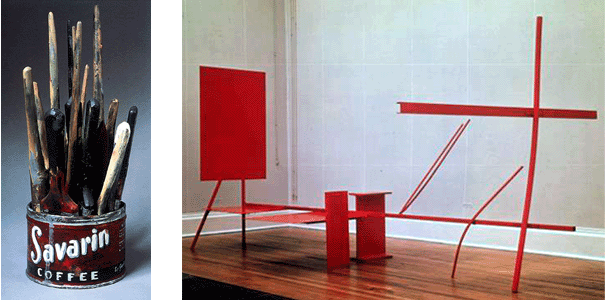
Page 3 of 17
Read the text and study the images below then move on to page 4.
3. Colour and tone
Because of the prominence of sculptural monuments in bronze and stone, we tend to think of sculpture as monochromatic, with a metallic bronze colour or the white or gray of stone. However, sculpture was often treated with colour in historical times: it is even recorded in the case of Claus Sluter, a fifteenth-century Flemish sculptor, that the artist who painted his work was paid the same as he was to carve it! In metal sculpture, the use of inlay could be used to introduce colour. The Greeks sometimes used copper for lips and nipples, silver for teeth, and semi-precious stones for eyes in their bronze works. Since the twentieth century, sculptors have again become interested in the use of colour on sculptured surfaces.

But even without literal colour, the different textures that sculptors deploy suggest tone. For example, highly polished areas reflect light creating brightness, while textured surfaces absorb it and suggest darker, shadowed areas. Undercutting, often done with a drill, throws deep shadows, creating a strong effect of contrast between light and dark, the equivalent of chiaroscuro in painting.
Think about the visual effect of the use of colour and tone in sculpture. Would it make sculptures seem more naturalistic?